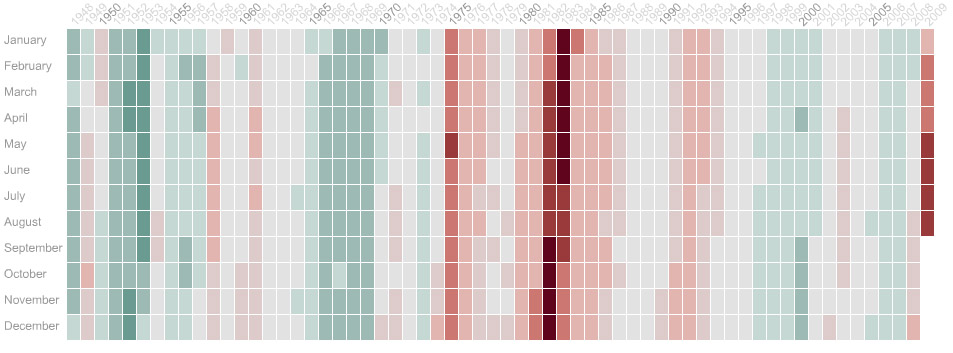When I got married a couple of years ago, I spent a fair amount of time deciding whether to change my name. “Valentino” isn’t a bad name, and I’d never really thought I’d want to change it. But I happen to kind of like my husband, and I thought taking his name in some way was a nice thing to do. It made both of us happy. I’m aware that my name is long and annoying — 24 letters (four of them capitalized) plus a hyphen — but it’s my name.
Unfortunately, it’s not my name on Twitter. It’s too long.
Now, I can understand why my username on Twitter can’t be more than 15 characters. Usernames are added to outgoing messages, and they’re used within messages in retweets and so forth. You don’t want your entire 140-character limit on messages being taken up by a username. But what gets me is that real names on Twitter also have character limits. The restriction is raised to 20 characters (including spaces) to allow for people with longer names, but my name goes beyond even that. I’d imagine that many of Twitter’s female users might be known by two surnames as well. Plus, there are several nationalities with names that would easily test Twitter’s limits.
There’s a practical issue here — the ease of finding people in the Twitterverse. On Facebook, I can search for friends whether I use their married names, maiden names or even nicknames. On Twitter’s people search, which is notoriously problematic, I can be easily found with a query for “jenvalentino” or “Jennifer Valentino,” and that’s about it. If you search for anything involving “DeVries,” or even for “Jen Valentino,” you don’t find me, even though I list my full name in Twitter’s little “bio” section. It’s not that I think I have legions of fans who are dying to follow my anemic Twitter feed. But for a social-media service, this is a user-experience problem. Shouldn’t Twitter be facilitating my search for relevant people to follow?
